Home Decluttering Tips: 7 Easy Steps for 2025
Reclaim your home with these 7 easy home decluttering tips. A simple guide to help you declutter and organize small space for a calmer, happier life.
The 7-Step System: Actionable Home Decluttering Tips for a Calmer Life
Clutter is more than just a physical mess; it’s a weight on our minds. It’s the stack of mail on the counter, the closet full of clothes we never wear, and the constant, low-grade stress of knowing our environment is out of control. If you’re feeling overwhelmed by your own stuff, you are not alone. The good news is that reclaiming your home is not a monumental task reserved for a mythical free weekend. It’s a skill that can be learned, and it starts with a simple, step-by-step process. These are not vague ideas; these are actionable home decluttering tips designed to create lasting change.
Here at NeatTinyHome.com, we know that a serene home is the foundation of a happy life, especially when you need to organize small space. A clutter-free environment is not about sterile minimalism or getting rid of everything you own. It’s about making intentional choices so that your home is filled only with things that you use, need, or love. This guide will walk you through a proven 7-step system to transform your home from chaotic to calm. We will provide practical home decluttering tips that break down the process into manageable actions, empowering you to take control and create a space that truly supports you.
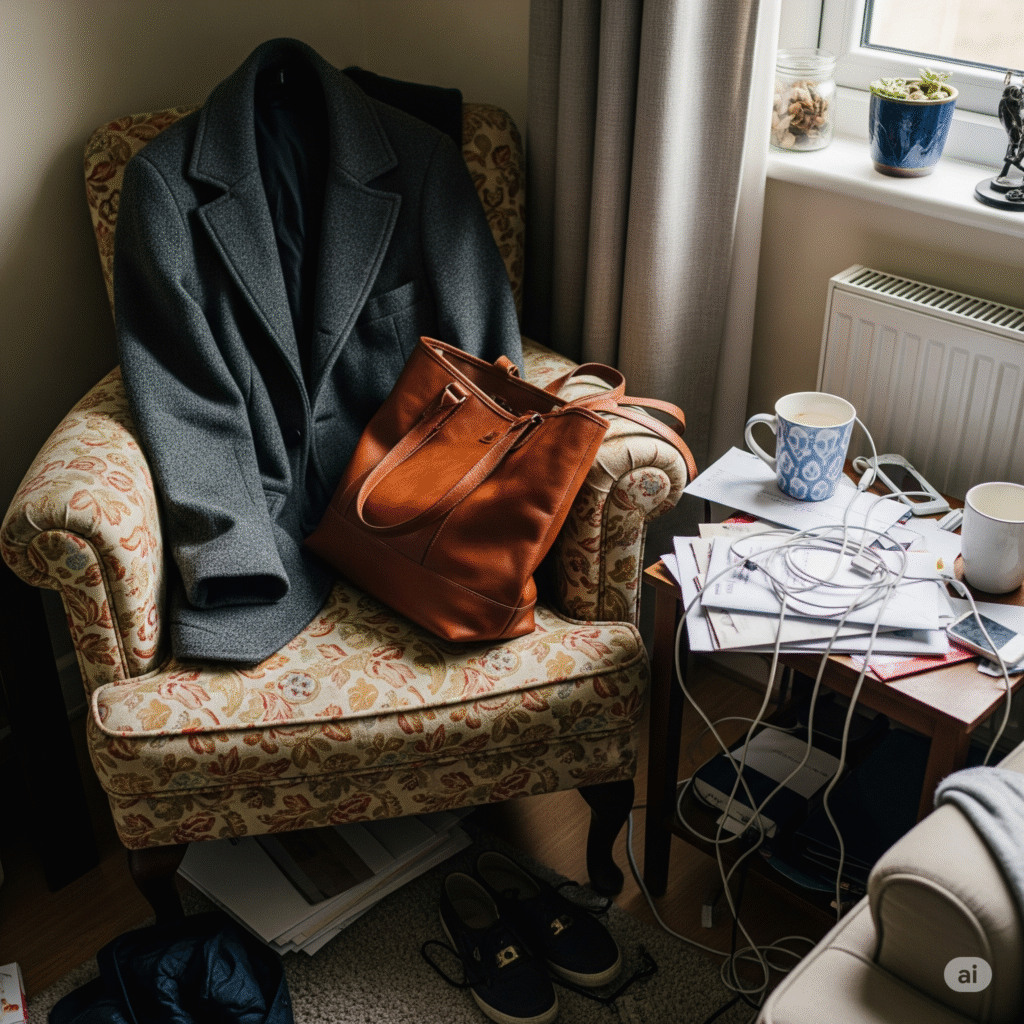
Step 1: Define Your ‘Why’ and Set a Clear Vision
Before you touch a single item, the most important first step is to get clear on your motivation. Why do you want to declutter? Is it to reduce anxiety? To create a safe play area for your kids? To make cleaning easier? To prepare to downsize to a smaller home? Take a moment to write down your “why.” This vision will be your anchor when you feel tired or indecisive. Close your eyes and visualize what you want your home to feel like. Do you see clear countertops, a relaxing bedroom, and an inviting living room? This mental picture is incredibly powerful. It changes the narrative from a chore (“I have to get rid of stuff”) to a goal (“I am creating a peaceful home”). This is one of the most overlooked but vital home decluttering tips I share with my clients.
Step 2: Beat Overwhelm with the 15-Minute Method
The number one reason people fail to declutter is that they try to do too much at once. They look at the whole house, feel completely overwhelmed, and give up. The solution is to start incredibly small. Set a timer for just 15 minutes. Pick one, and only one, tiny area to tackle. This could be a single kitchen drawer, one shelf of your bookcase, or the top of your nightstand. For those 15 minutes, focus only on that spot. When the timer goes off, you stop. You’ll be amazed at what you can accomplish. This method builds momentum and proves to yourself that you *can* make progress. It turns a mountain into a series of small, manageable stones. This is the most practical way to start when you need to organize small space and every inch counts.

Step 3: The Four-Box System for Decisive Action
Now that you’ve chosen your small area, it’s time to sort. Grab four boxes or bins and label them: KEEP, DONATE/SELL, TRASH, and RELOCATE. As you pick up each item from your designated spot, you must make a decision and place it into one of the four boxes. “Keep” is for items that belong in that spot and that you use, need, or love. “Donate/Sell” is for items in good condition that you no longer need. “Trash” is for anything broken, expired, or unusable. The “Relocate” box is crucial; it’s for items that you want to keep but that don’t belong in the space you’re currently working on (e.g., a coffee mug in the bedroom). This system prevents you from getting sidetracked by putting things away in other rooms. At the end of your 15 minutes, you deal with the boxes: take out the trash, put the donate box in your car, and deliver the items in the relocate box to their proper homes.
Step 4: The Decluttering Litmus Test: Asking the Right Questions
The hardest part of this process is the “Keep” pile. This is where you need to be honest with yourself. For every item you’re unsure about, ask these questions: Have I used this in the past year? Do I have a specific plan to use it soon? If I were shopping right now, would I buy this again? Am I keeping this out of guilt or obligation? Does this item support the life I want to live? This internal dialogue is central to many effective home decluttering tips. The goal isn’t just to empty your space, but to curate it. Research from institutions like Yale University has explored the powerful psychological attachments we form with our possessions, often linked to our identity. Understanding this can help you be more objective and let go of things that are tied to a past version of yourself, not the current one.

Step 5: The Golden Rule for a Clutter-Free Life
Once you’ve made significant progress, you need a strategy to prevent the clutter from returning. The most powerful habit you can adopt is the “One In, One Out” rule. It’s simple: for every new item you bring into your home, a similar item must leave. If you buy a new pair of jeans, an old pair goes into the donation bag. If you get a new coffee mug, an old one is given away. This rule transforms you from a passive consumer into an active curator of your own space. It forces you to consider each purchase more carefully and stops the slow, almost invisible accumulation of stuff that leads to clutter in the first place. This is less of a tip and more of a lifestyle shift that is essential for long-term success, especially when you need to organize small space.
Step 6 & 7: Give Everything a Home and Be Consistent
The “Relocate” box from Step 3 leads directly to this crucial organizing principle: a place for everything, and everything in its place. Clutter is often just a symptom of homelessness—items that don’t have a designated spot to live. After a decluttering session, the final task is to ensure every item in your “Keep” pile has a logical, convenient home. This is where you truly begin to organize small space effectively. Finally, consistency is everything. Schedule a 15-minute “clutter hotspot” session into your calendar once a week. Use this time to tackle the areas where mail, keys, and random items tend to pile up. For your donation boxes, make it easy on yourself by finding a local charity with clear guidelines, like those provided by The Salvation Army’s donation guide, and drop off the box as soon as it’s full. These consistent, small habits are the ultimate secret to maintaining a beautifully decluttered home for years to come.
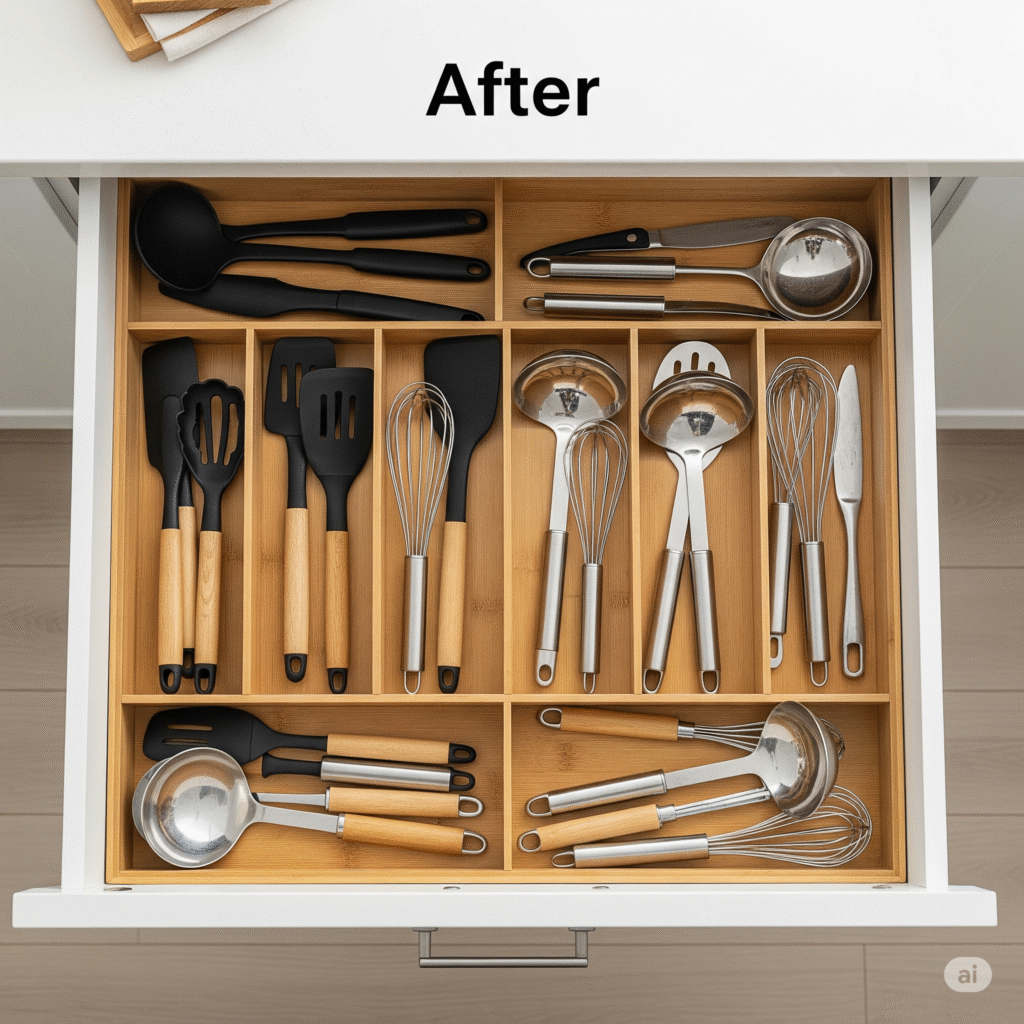
Final Thoughts: From Decluttering to a New Way of Life
Following these home decluttering tips is about more than just cleaning your house. It’s a therapeutic process of letting go of the past, making room for the present, and designing a future with more intention. You’re not just getting rid of stuff; you’re getting rid of the weight, stress, and distraction that comes with it. You’re creating physical and mental space for what truly matters. Start small, be consistent, and remember your “why.” Your peaceful, supportive, and clutter-free home is waiting for you.
What’s Your First Step?
Which of these home decluttering tips resonates with you the most? What is the one small area in your home you could declutter in the next 15 minutes? Let us know in the comments!
Frequently Asked Questions
Where do I start decluttering when I’m totally overwhelmed?
Start with the easiest and least sentimental area. Often, this is the bathroom, as there are fewer emotional attachments to half-empty shampoo bottles. The 15-minute method is your best friend here. Pick just one shelf or one drawer and begin. The feeling of accomplishment will motivate you to continue.
How often should I declutter my home?
Major decluttering sessions can be done once or twice a year. However, the key to staying organized is to practice “maintenance decluttering.” This means spending 10-15 minutes each week tidying up clutter hotspots and consistently applying the “one in, one out” rule.
What’s the difference between cleaning and decluttering?
Cleaning is about removing dirt and germs. Decluttering is about removing excess items and organizing what’s left. You declutter first, then you clean. It’s impossible to properly clean a cluttered space. Following good home decluttering tips will make cleaning your home faster and easier.
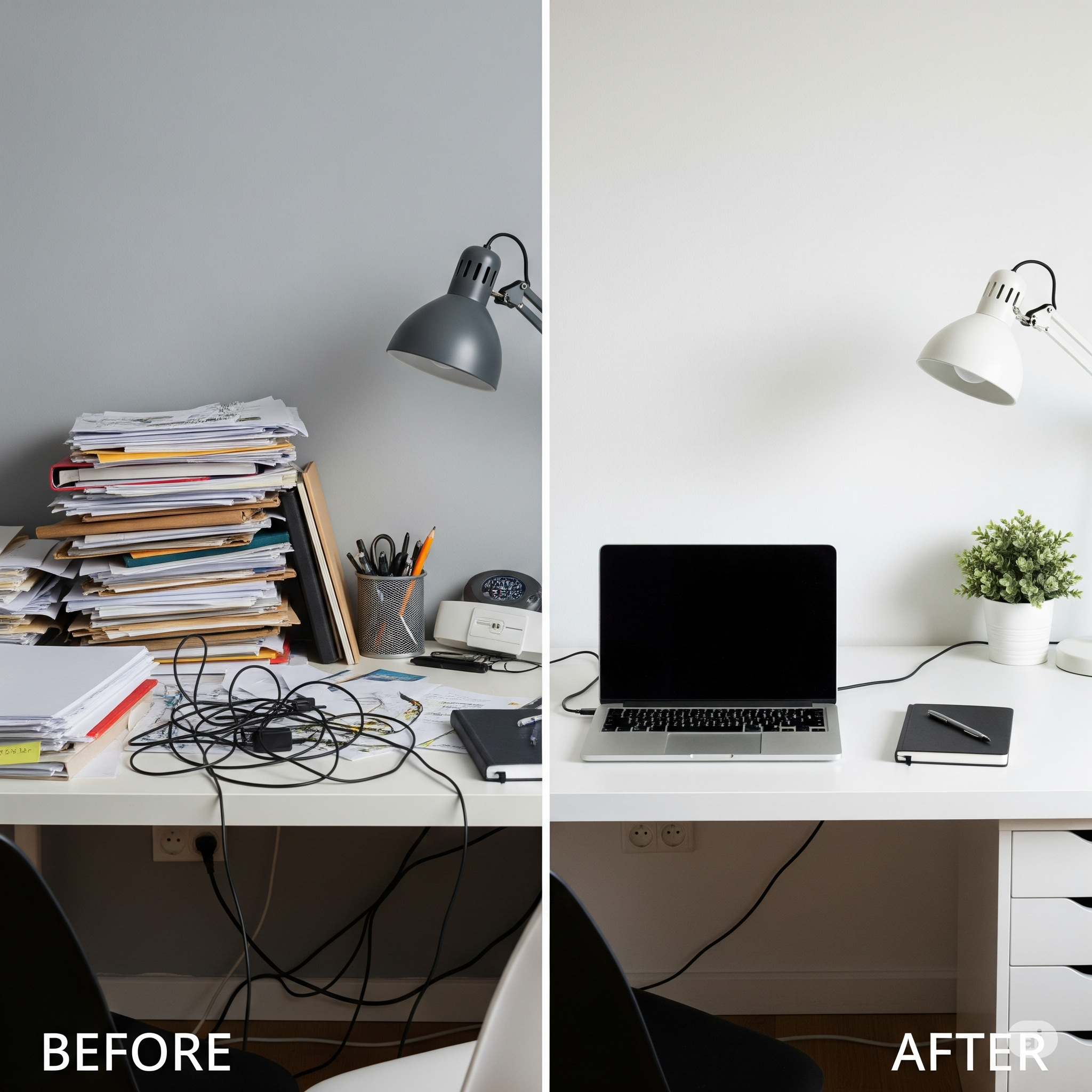
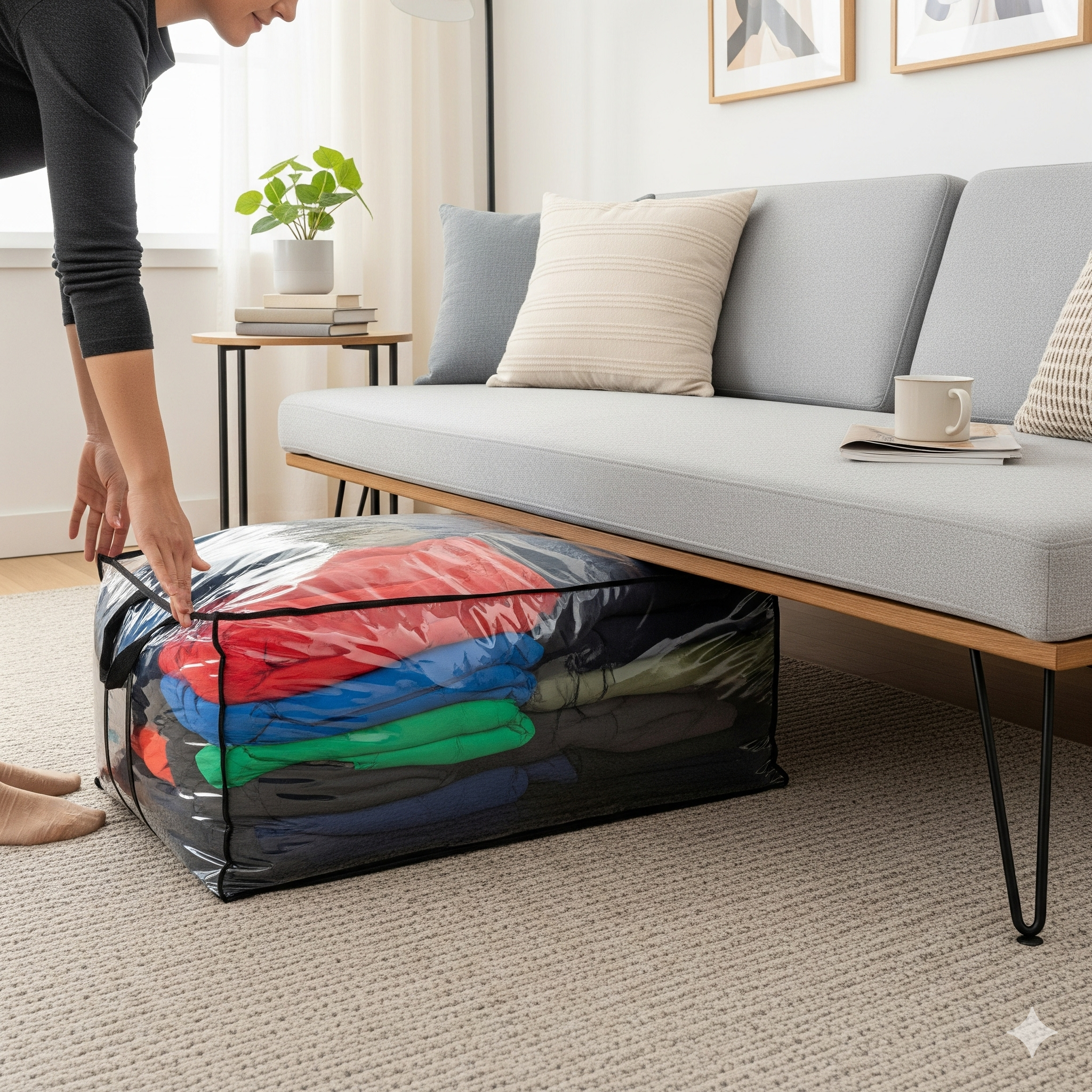
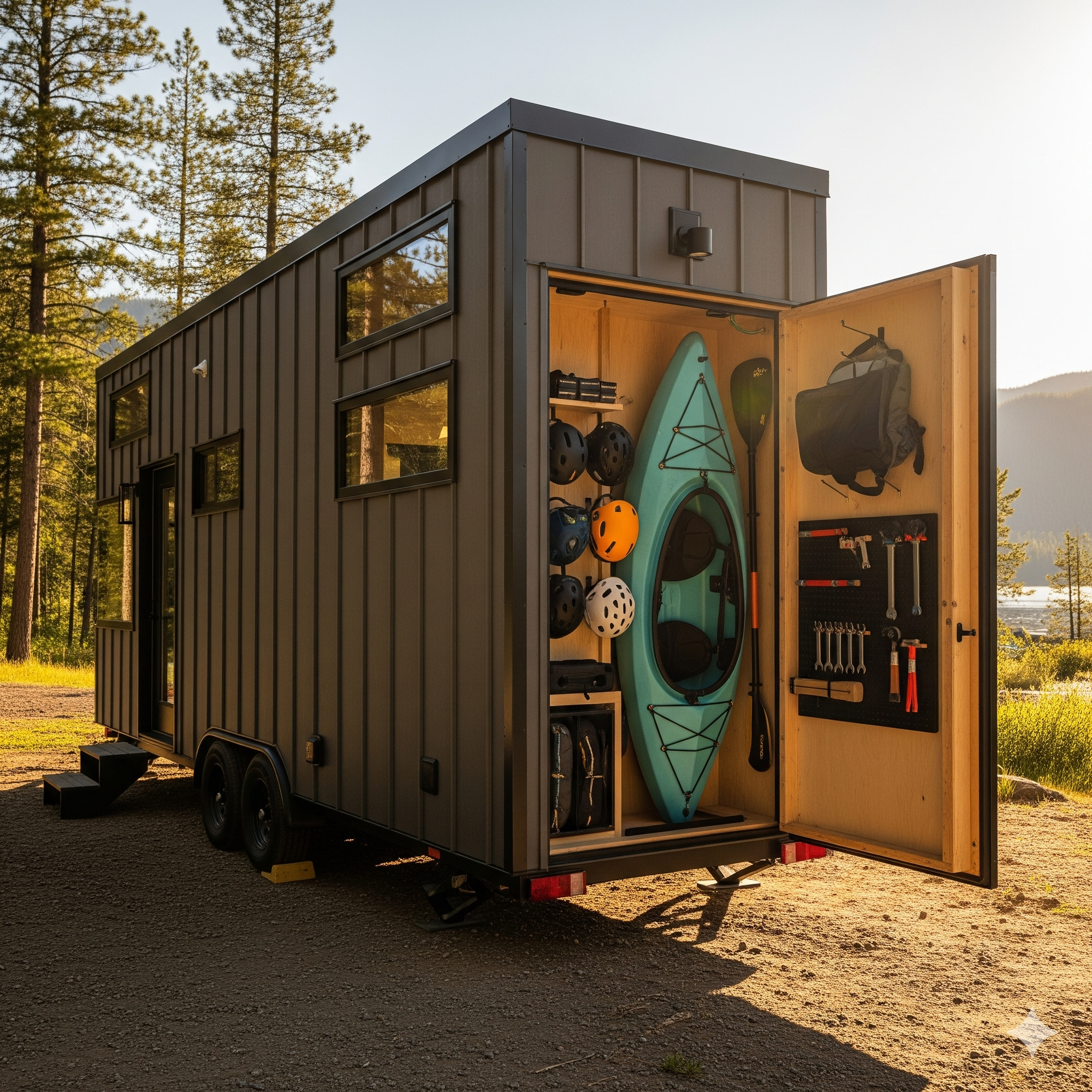
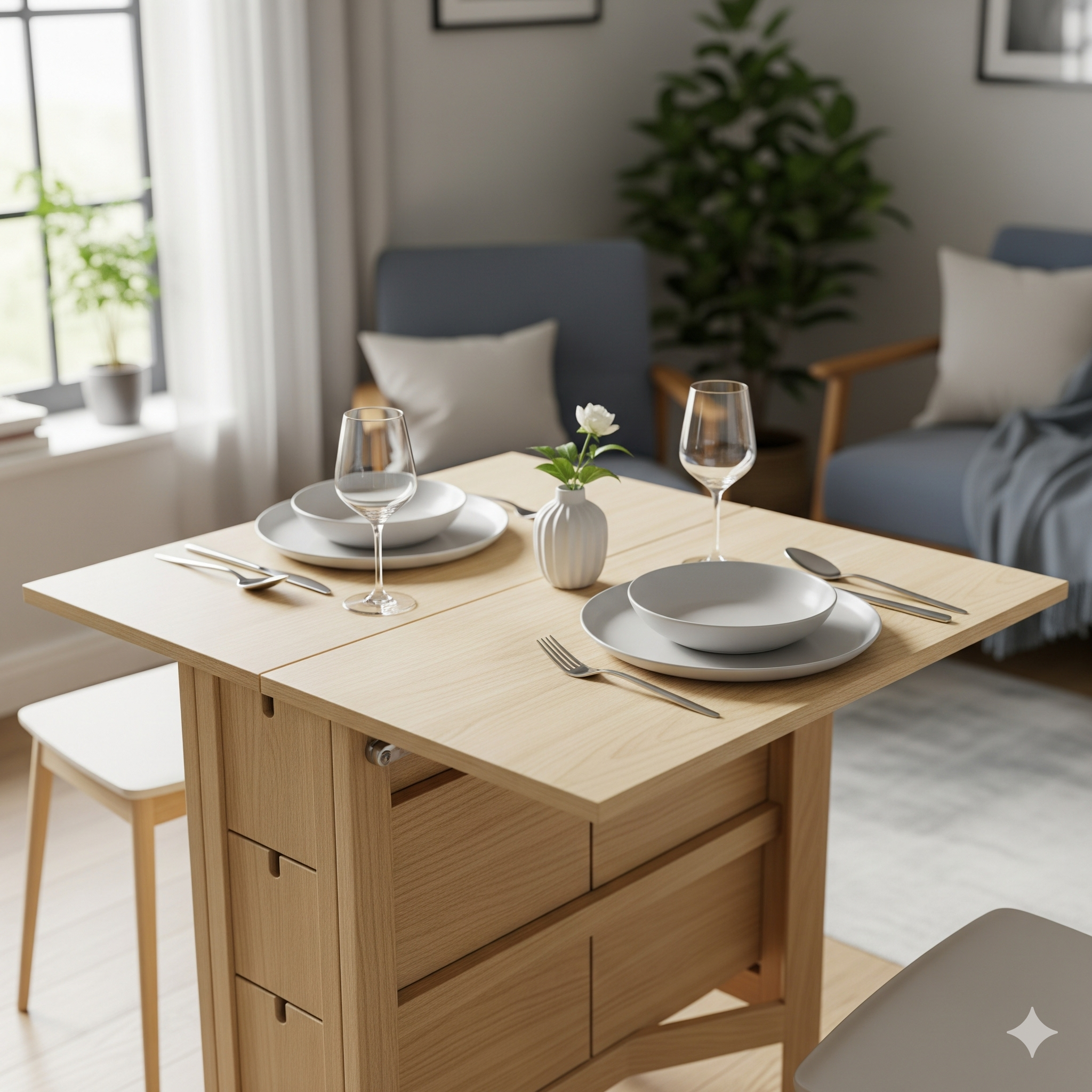
Post Comment